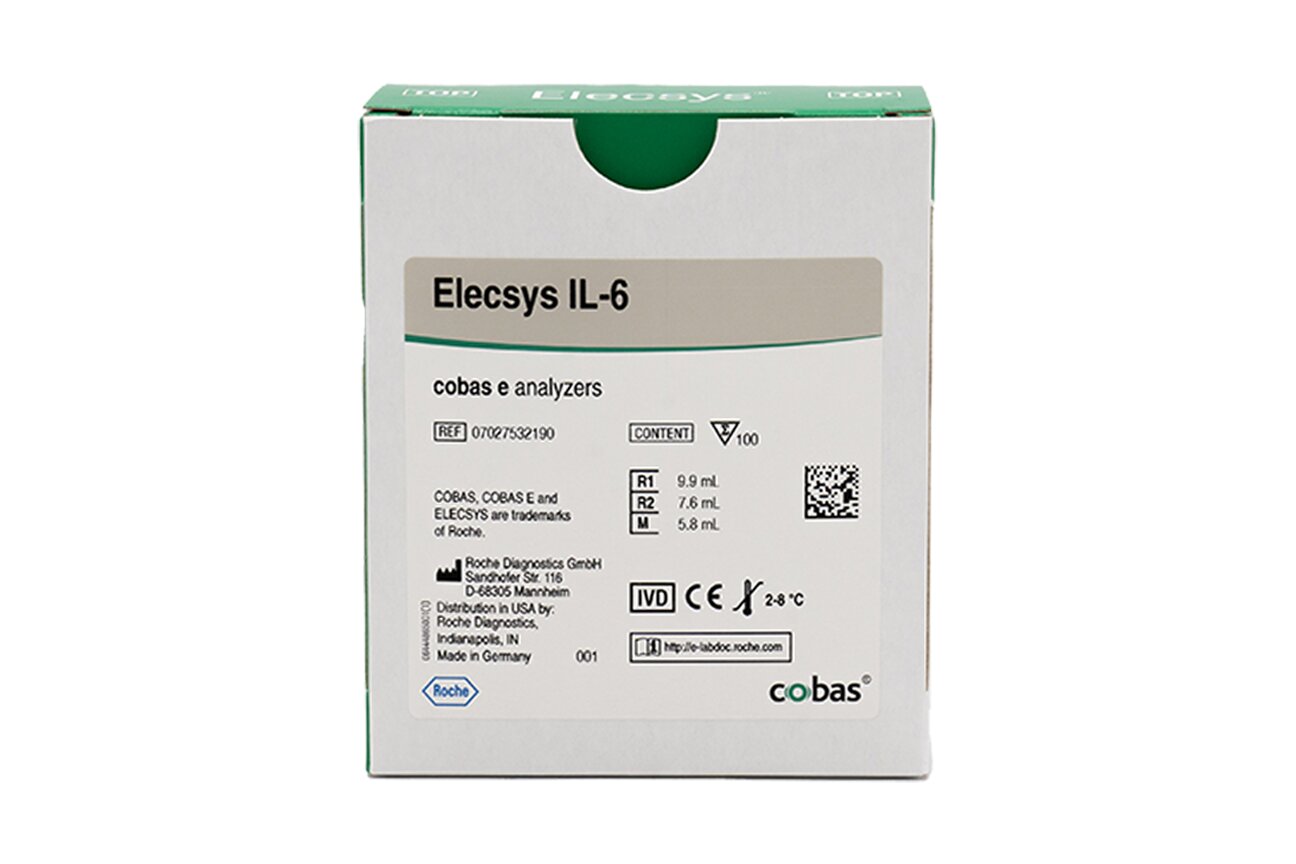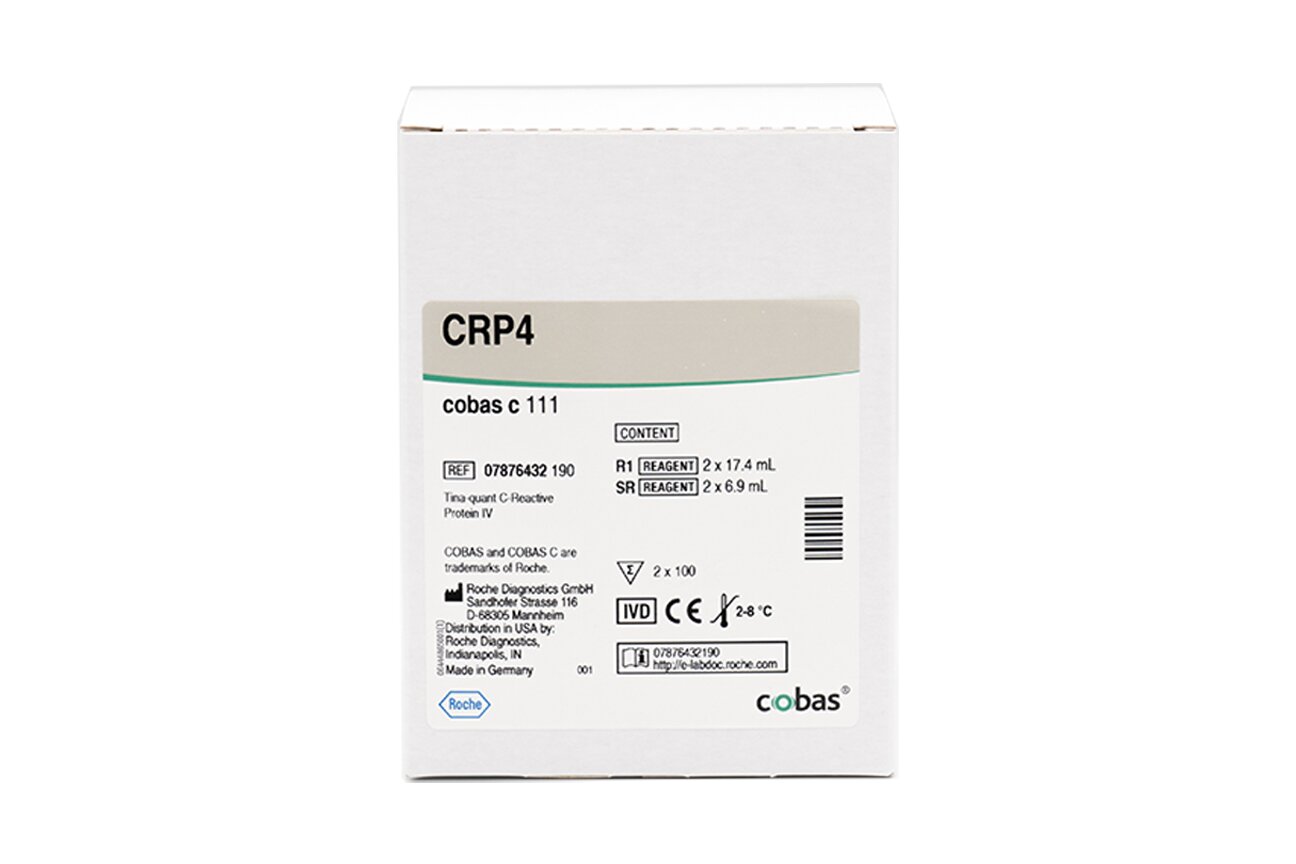For localized information and support, would you like to switch to your country-specific website for {0}?
Shining a light on sepsis management
Early detection and management of sepsis: Our mission
Sepsis is a life-threatening condition that demands urgent attention, and its early detection and management are critical to saving lives. The rapid onset and progression of sepsis can impact patients physically, emotionally, and financially, burdening families and healthcare systems. Early intervention is crucial to improve patient outcomes and reduce the load on caregivers and healthcare providers.1
At Roche, we are committed to playing a vital role in the fight against sepsis through innovation that enables timely, accurate diagnoses. We continue to advance scientific understanding and develop diagnostic tools that empower healthcare professionals to act quickly and decisively.
We collaborate with academia, healthcare providers, and industry partners, and are focused on ensuring that life-saving diagnostic solutions are accessible to those who need them most. Our goal is to create a future where early detection of sepsis leads to better patient outcomes and reduced healthcare burdens, helping to save lives and improve the quality of care.
Sepsis: A leading cause of preventable deaths worldwide
Sepsis and septic shock have a multitude of causal factors. Septic shock is a severe complication of sepsis in which circulatory, cellular, and metabolic abnormalities are associated with a greater risk of mortality than with sepsis alone.2 In 2017, sepsis impacted around 50 million people globally, claiming 11 million lives (20% of deaths globally). Children were especially vulnerable, with nearly half of all cases occurring in those under five, leading to 2.9 million deaths.3 Sepsis remains a major health problem in ICU patients and is associated with high mortality rates (greater than 40% for septic shock patients), underscoring the urgent need for timely and accurate diagnostics to support improved survival rates.2
Advancing sepsis care
Diagnosing sepsis is challenging due to the lack of specific biomarkers, which complicates early diagnosis and accurate triage in emergency and ICU settings. Sepsis symptoms often overlap with other conditions, causing delays in treatment.1 Time is critical, as every hour without treatment increases mortality by 8%.4 The absence of reliable biomarkers also hampers outcome prediction, severity assessment, and targeted therapy development. These diagnostic issues not only affect patient care and outcomes, but also strain healthcare resources and public health efforts.
Through the development of complementary biomarkers, Roche’s solutions aim to improve early detection, enhance triage decisions, and support better treatment options that can address critical gaps in sepsis management.
Featured products
Benefits of Roche diagnostic solutions for managing sepsis
Diagnostic tools for timely clinical decision-making
With variable signs and symptoms, diagnosing sepsis is challenging and requires urgent timing. That means access to testing is key so that effective sepsis treatment can be initiated early.5 Roche provides a range of solutions across the septic patient continuum of care, including:
- Elecsys® IL-6 assay: Quantifies Interleukin-6 (IL-6) levels to aid in the management of critically ill patients as an early indicator of acute inflammation.6 Elevated IL-6 levels provide prognostic insights into the severity of inflammatory conditions, including sepsis, and can aid in diagnosis and management of neonatal sepsis, post-operative infections, respiratory failure in COVID-19 patients.7
- Elecsys® BRAHMS PCT assay: Quantifies procalcitonin (PCT) levels to support the early detection of bacterial infections, assess sepsis severity, guide antibiotic therapy, and monitor treatment outcomes.8
- cobas® CRP test: Quantifies C-reactive protein (CRP) levels as a late marker of inflammation, infection, and sepsis.9
- cobas® eplex BCID: Roche BCID panels enable physicians to rapidly identify more clinically relevant bloodstream infections and their resistance genes while quickly ruling out blood culture contamination, which can result in earlier treatment decisions.10-13
Preventing Antibiotic Resistance, a major global threat
Improving the way we use antibiotics is part of antibiotic stewardship, and ensures that lifesaving drugs will work when they are needed most, as in the case of sepsis.
Diagnostic testing is essential for a successful antibiotic stewardship program. Diagnostic and therapy decisions are traditionally informed by blood cultures. However, blood cultures require a long time to deliver results, and don‘t always detect certain bacterial infections.
Part of any antibiotic stewardship program must therefore include PCT testing. PCT is a specific biomarker for bacterial infections. PCT helps clinicians to determine whether an antibiotic treatment is necessary, if it is effective, and when it should be discontinued.14
- Elecsys® BRAHMS PCT assay: Quantifies procalcitonin (PCT) levels to support the early detection of bacterial infections, assess sepsis severity, guide antibiotic therapy, and monitor treatment outcomes.8 PCT has prognostic implications, with higher levels correlating to severity of infection and the unique kinetics of PCT are strong indicators of patients’ response to antibiotic therapy.14
Early diagnosis of sepsis may reduce mortality in newborns15
The first 28 days of life (the neonatal period) are the most vulnerable time for child survival. Every year, an estimated 2.5 million neonates die in their first month of life, accounting for nearly half of the deaths in children under 5 years of age. An estimated 375,000 neonatal deaths due to sepsis occurred globally in 2018, which represented 15% of all neonatal deaths, making sepsis one of the leading causes of newborn death.16
Neonatal sepsis can initially present with subtle signs, but can rapidly progress to multisystem organ failure.6 Signs and symptoms are often nonspecific and may overlap with those of other severe conditions, such as meningitis and pneumonia. Early detection and prompt intervention are essential to prevent severe and life-threatening complications.
- Elecsys® IL-6 assay: Aids physicians in combating the impact of neonatal sepsis by facilitating an early diagnosis. Early and improved diagnosis can contribute to the appropriate use of antibiotics, as well as potentially decreasing mortality rates and mitigating the long-term consequences of sepsis.6
Supporting Patients in Sepsis Detection & Management at Every Stage
From early detection to effective management, Roche stands by physicians and patients every step of the way with innovative solutions to fight sepsis and improve lives.

White paper on AMR and sepsis: How diagnostics empower clinicians to tackle the coupled threat
Sepsis demands fast action, but antibiotic overuse fuels resistance that undermines treatment. Learn how Roche's diagnostic solutions empower clinicians to balance urgent care with stewardship for improved patient outcomes, now and in the future.
References:
- World Health Organization. Sepsis. [Internet; cited Apr 2025]. Available from: https://www.who.int/news-room/fact-sheets/detail/sepsis
- Singer M, et al. JAMA. 2016;315(8):801-10.
- Rudd KE, et al. Lancet. 2020;395(10219):200-211.
- Kumar, A et al. Critical Care Med. 2006;34(6):1589-96.
- Evans, L et al. Intensive Care Med. 2021;47(11): 1181-1247.
- F. Hoffmann-La Roche Ltd. Elecsys® IL-6 assay Method Sheet. 2024.
- Song M, Kellum JA. Interleukin-6. Critical Care Med. 2005.
- F. Hoffmann-La Roche Ltd. Elecsys® BRAHMS PCT Method Sheet. 2024.
- F. Hoffmann-La Roche Ltd. cobas® CRP test Method Sheet. 2025.
- GenMark Diagnostics, Inc. cobas® eplex blood culture identification gram-positive (BCID-GP) panel Method Sheet (v1.0). 2024.
- GenMark Diagnostics, Inc. cobas® eplex blood culture identification gram-negative (BCID-GN) panel Method Sheet (v1.0). 2024.
- GenMark Diagnostics, Inc. cobas® eplex blood culture identification fungal panel (BCID-FP) Package insert. (vC). 2024.
- GenMark Diagnostics, Inc. cobas® eplex blood culture identification gram-positive (BCID-GP) panel - IVD - English (v1.0). 2024.
- Thermo Fisher. Procalcitonin & other biomarkers [Internet; cited 2024 Mar 15]. Available from: https://www.thermofisher.com/procalcitonin/wo/en/understanding-procalcitonin/pct-other-biomarkers.html
- Al-Matary et al. J. Infect. Public Health. 2022;15(6):643-647.
- Fleischmann-Struzek, C et al. Lancet Respir. Med. 2018;6(3), 223-230.



